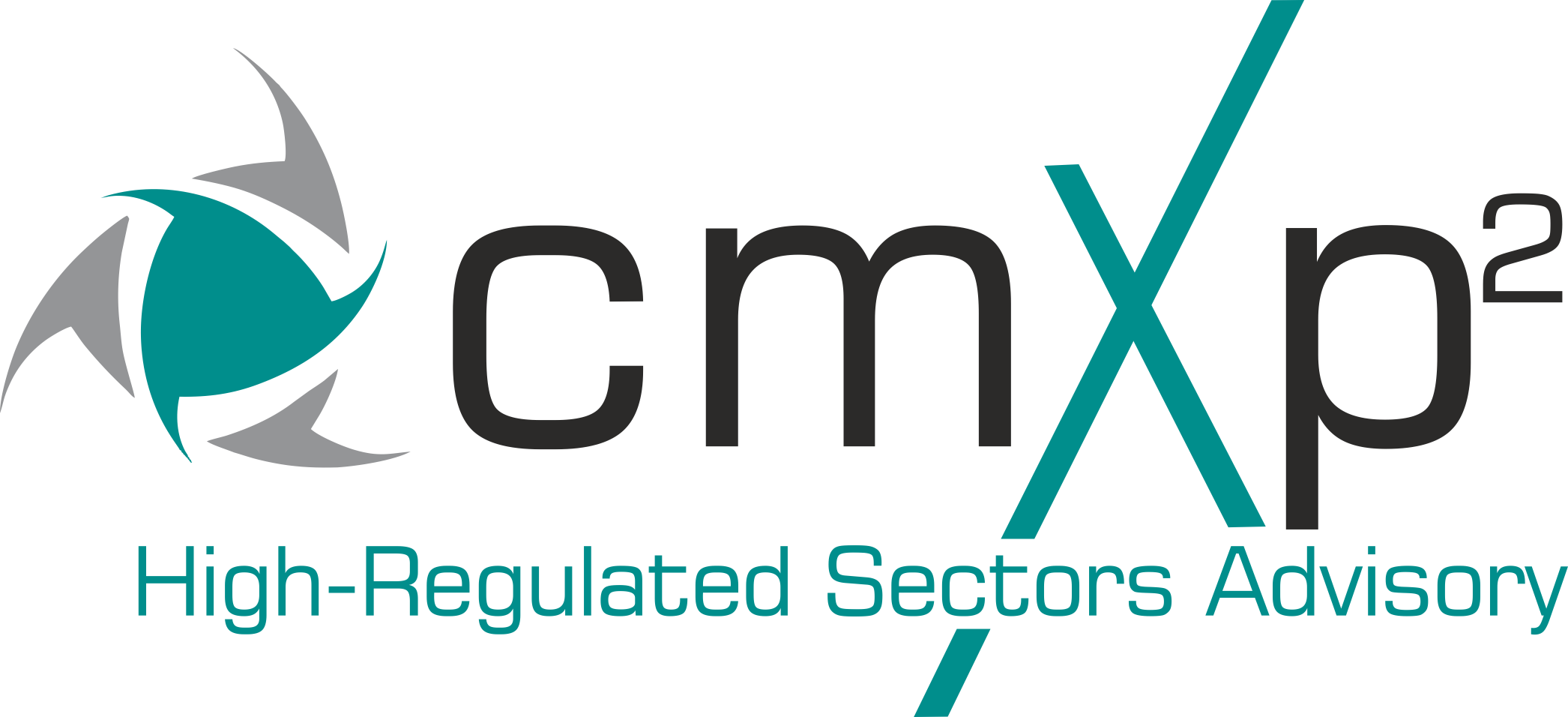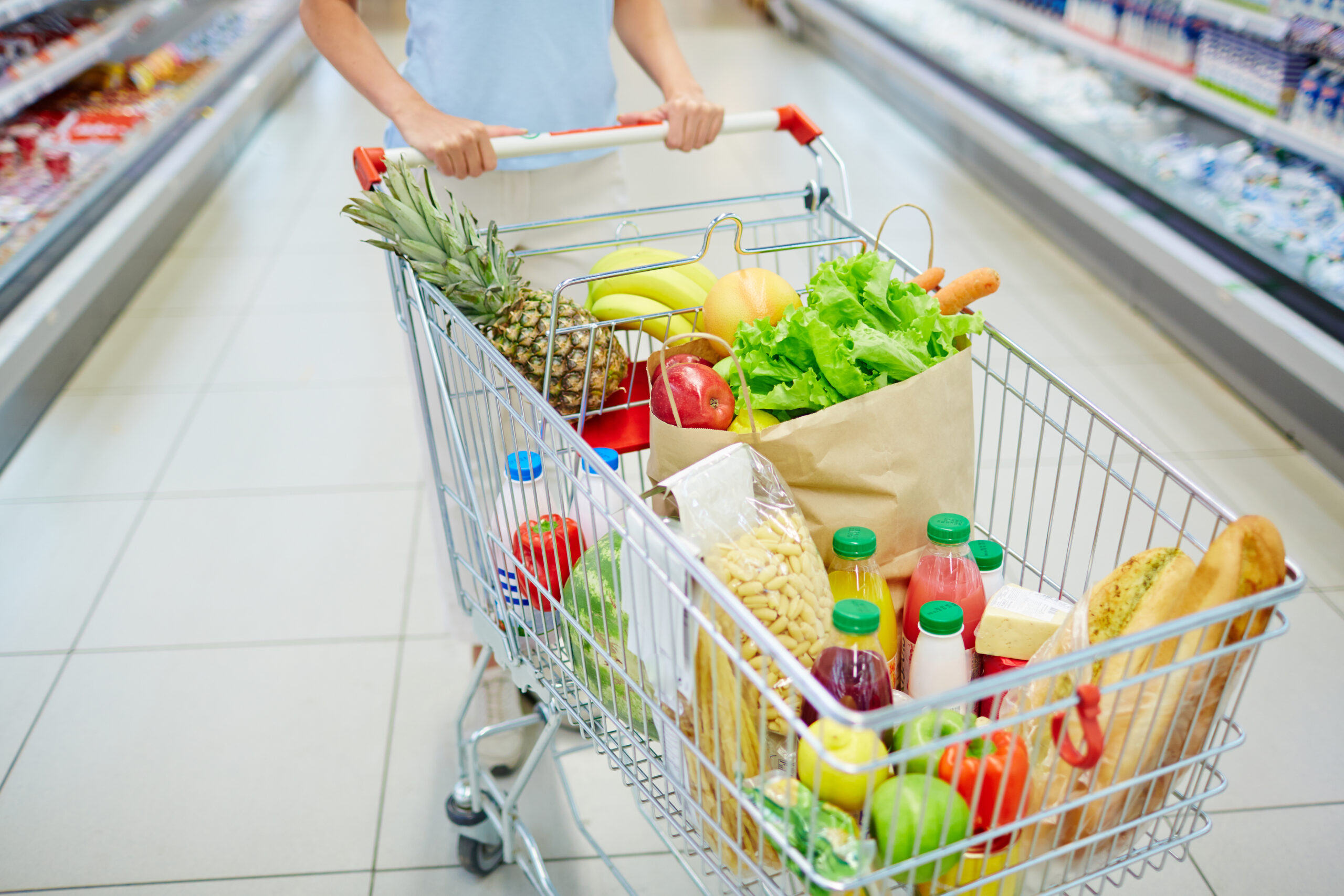The food and beverage industry is poised for transformative changes, driven by evolving consumer preferences and a greater emphasis on nutrition. After reviewing multiple reports on 2025’s food and beverage trends, we identified 16 key developments likely to influence the sector. These food and beverage trends are categorized into three primary areas:
-
- Health and Wellness
-
- Functional Food and Beverages
-
- Sustainability.
This article offers an overview of key food and beverage trends that are likely to impact the food and beverage industry in 2025.
FOOD AND BEVERAGE TRENDS IN THE HEALTH AND WELLNESS SPACE
Trend 1: Weight-loss medications and smart technology will drive nutrition focus and interest in health and wellness
Interest in weight-loss medications like Ozempic and Zepbound is surging, driven by endorsements from celebrities and the medical community. This trend is pronounced in the Asia-Pacific region, where the market for these drugs is projected to grow from USD 0.9 billion in 2024 to USD 1.17 billion by 2029, with a compound annual growth rate (CAGR) of 5.38% (Source: Mordor Intelligence).
As these medications gain mainstream acceptance, consumers are increasingly adopting healthier diets. They are prioritizing balanced, calorie-controlled meals, reducing carbohydrate intake (favoring low-GI or slow carbs), increasing protein consumption, and viewing food as a critical source of nutrients for overall health. Smart technology and wearables further enable consumers to track and optimize their dietary intake, focusing on calories, carbohydrates, fiber, fats (especially saturated fats), protein, and essential nutrients.
Trend 2: Better carbs in limits
In recent years, consumers have been limiting intake of refined carbohydrates and sugar to support weight loss (keto / paleo diets), blood sugar management and overall health and well-being. Moderate consumption of whole grains that provide fibre, protein and nutrients, along with low GI carbs, has become the norm. In 2025, the “Fewer and Better Carbs” trend is likely to continue, reflecting a significant shift in consumer priorities toward health-conscious eating.
Trend 3: Rethink fat
Emerging research and dietary guidelines reveal that not all fats are harmful; and healthy fats offer notable benefits, including improved mood, reduced anxiety, and enhanced cognitive health.
This evolving understanding is reshaping consumer habits and they are:
-
- Embracing unsaturated fats: Diets increasingly include healthy fat sources like nuts, seeds, nut butters, oily fish (e.g., salmon, mackerel, tuna, sardines), avocados, and olive oil.
-
- Reintroducing full-fat dairy: Full-fat milk, butter, and other dairy products are regaining favor as consumers shift from low-fat options that are often laden with added sugars and artificial ingredients.
-
- Prioritizing healthy cooking oils: Olive, avocado, and flaxseed oils are popular for cooking and dressings, while hydrogenated oils and trans fats are widely avoided.
Trend 4: Snackification is in
Hectic lifestyles have fueled a growing demand for convenient, on-the-go healthier snack options that serve as alternatives to traditional meals.
Trend 5: Balance cost, nutrition and health benefits
Economic pressures are shifting consumer priorities, with affordability becoming a key factor in food and beverage choices. While price-conscious shoppers seek value, they are willing to invest in products that deliver clear health benefits. This underscores the need for innovation that balances nutrition, appeal, and cost in a competitive market.
Trend 6: Rise in scrutiny of ultra-processed foods
As health consciousness rises, consumers are increasingly scrutinizing ultra-processed foods (UPFs) as they are associated with artificial additives, poor nutrition, and negative health outcomes. Consumers are demanding transparency in ingredients and manufacturing processes, and favoring foods made with wholesome, natural ingredients and minimal processing.
Trend 7: Say “yes” to occasional indulgence
With busy lifestyles and shifting priorities, consumers are moving away from rigid healthy eating rules. They demand the freedom to break the rules, savor indulgent foods without guilt and be “perfectly imperfect!”.
FOOD AND BEVERAGE TRENDS IN THE FUNCTIONAL FOOD SPACE
Trend 1: Diverse health beliefs drive demand for a varied range of niche functional food and beverages
Fast-paced urbanization across the Asia Pacific region has contributed to a quest for holistic health and disease prvention, and increase in demand for functional food and beverages that offer health benefits beyond basic nutrition. As consumer beliefs about health and wellness is fragmented, they are looking to a range of food and beverage choices that provide targeted health benefits i.e., personallized nutrition. According to MarketandMarkets, the global functional food ingredient market is expected to grow at a CAGR of 6.8% reaching USD 165.8 billion by 2029.
Trend 2: Mood foods and mindful choices
In 2025, consumers will continue prioritizing mood, mental health, emotional well-being, and cognitive health. With 36% of global consumers identifying emotional well-being as their primary health goal, there is a growing focus on adopting healthy lifestyle habits and seeking food and supplement solutions to support mental clarity and reduce the risk of cognitive decline.
Trend 3: Digestive / gut health popularity continues with diversification
Digestive health remains a critical focus in the food and beverage industry, as ongoing exploration of the gut’s connection to various bodily systems highlights the importance of maintaining a healthy gut microbiome. Researchers are also delving deeper into how gut health influences digestion, bloating, IBS, colorectal cancer, inflammation-related disorders (e.g., rheumatoid arthritis and psoriasis), weight management, constipation, diarrhea, mental health, skin and hair health and overall well-being.
The global digestive health market, valued at $51.62 billion (Grand View Research), is projected to grow at a CAGR of 8.3% over the next five years. Similarly, the Asia Pacific Digestive Health Products Market is forecast to expand at a CAGR of 8.1% (KBV Research), reflecting increasing consumer awareness and demand for gut health solutions.
Trend 4: Healthier functional energy
In the Asia-Pacific region, the demand for functional energy solutions is evolving rapidly, reflecting the region’s dynamic lifestyles and diverse consumer needs.
Energy management requirements vary across demographics but are often categorized into three main types:
• Quick burst: Consumers, particularly urban professionals, seek fast energy fixes to combat midday fatigue, manage long commutes or keep working through a night shift. Ready-to-drink energy beverages infused with natural ingredients like matcha, guarana, or ginseng are gaining traction.
• Gap fill: To bridge hunger gaps between meals, consumers opt for snacks that provide both energy and nutritional benefits. Protein-packed options like energy bars fortified with regional superfoods are becoming popular.
• Sustained vitality: Long-lasting energy that supports overall well-being is a priority for health-conscious consumers. Functional foods and beverages with slow-release carbohydrates, plant-based proteins, and adaptogenic herbs like ashwagandha cater to this need.
Trend 5 – Glow from within
Beauty continues to trend in 2025, but with a difference – consumers are embracing a holistic approach to beauty that emphasizes the role of nutrition in maintaining a youthful appearance. Not only do consumers want to look and feel good now, they also want to continue looking good as they age. Products that slow aging and promote beauty from within are gaining significant importance.
FOOD AND BEVERAGE TRENDS IN THE SUSTAINABILITY SPACE
Trend 1: Sustainability is here to stay
Sustainability is poised to become a pivotal trend in the food and beverage industry in 2025, as health-conscious consumers align purchasing decisions with personal values emphasizing environmental responsibility and ethical practices.
Trend 2: Animal-protein market will continue to grow
Despite the increasing popularity of plant-based alternatives, animal protein consumption in the region remains strong due to a large non-vegetarian population and rising affordability in developing nations. The Asia Pacific Animal Nutrition Market is projected to reach $6.2 billion by 2025, growing at a CAGR of 5.39% since 2020, according to an IndustryARC report.
Trend 3: Redesign plant protein
Consumers today are not satisfied with current plant-based offerings. They want sustainable food choices that are minimally processed, and more natural; with better taste, texture and sensory appeal; and attractive pricing.
SUMMARY
The landscape of food and beverage trends in 2025 highlights a clear shift toward health-conscious choices, functional benefits and sustainable practices. The rise of weight-loss medications and smart technology is driving heightened awareness of nutrition and wellness, influencing dietary habits globally. Consumers are increasingly prioritizing balanced diets, scrutinizing ultra-processed foods, and embracing occasional indulgences without guilt.
Functional food and beverages remain integral, with a focus on mental well-being, gut health, natural energy sources, and beauty-from-within solutions. Meanwhile, sustainability continues to dominate consumer priorities, prompting a demand for innovative plant protein redesigns and more sustainable approaches to animal protein production.
For the industry, the challenge lies in balancing affordability with quality and health benefits while aligning with environmental and ethical values. By staying attuned to these trends, companies can position themselves to meet consumer demands effectively in 2025 and beyond.
If your organization needs support with defining product pipeline strategy and designing nutrition-centric food and beverages, and compiling scientifically-substantiated regulatory approved claims and communications get in touch.
_
About the Author
Yashna Harjani is co-head at cmXp2, where she co-leads the firm’s counsel in the food, nutraceutical, and supplement sectors. Bio.
About cmXp2
cmXp2 (“Xp2”) is a strategy advisory firm dedicated to supporting organizations operating in high-regulated sectors, specifically: Food & Nutrition, Agriculture & Agri-Food/Aquaculture, Life Sciences, and Global Banking & Markets, Institutional & Corporate Banking.
For organizations in these sectors, Xp2 helps them navigate complex and dynamic regulatory, legal and ethical parameters to define and execute strategies that generate meaningful value, shape opinions, enhance reputation and drive market impact. Our senior partners’ deep sector leadership expertise across these high-regulated sectors is well-placed to help clients succeed.
Xp2 is a division of the award-winning Corporate Media Services Pte Ltd (CorpMedia) that has over 32 years of experience. The firm is headquartered in Singapore and serves the Southeast Asia region.

3 Pickering Street | #02-36 Nankin Row | S048660 | Singapore
www.cmXp2.com | www.linkedin.com/company/cmxp2/
In today’s nano-second digital world, every element of the marketing program, sales and pitch material, social media post, message and piece of content, choice of influencers and influencer advocacy plan needs to be timely, compelling and compliant with industry-specific requirements and ethical guidelines. This is a mandatory but complex process, as each region and sector has its own set of rules, intricacies, and challenges.
In some cases, companies that are not operating in high-regulated sectors may find themselves in situations with strict regulatory requirements – such instances may include B2B marketing, sustainability (ESG) related and financial reporting; issues and crisis, data/privacy and legal disputes, and geopolitics.
We guide businesses operating in high-regulated sectors with their strategic marketing, brand building, communications and engagement needs. We help clients navigate the complex regulatory landscape as we define, architect, plan and construct impactful programs. For these sectors, breaching sector-specific regulatory, ethical and/or broader national, data privacy and media operating requirements will often result in severe penalties.
Across high-regulated sectors and instances, we bring 30+ years of international sector experience in life sciences, global banking and markets, and technology sectors. We are uniquely positioned to help clients achieve their strategic marketing, brand building and communications needs – often packaged as a core story delivered across the key touchpoints. We craft stories that effectively communicate the underlying strategy, ensuring it is well-defined from the start – this is the most critical success factor. We lead with a robust, regulatory-compliant marketing and communication strategy, bringing decades of combined experience to create high-impact narratives.
We help clients better align their brand’s purpose alongside its corresponding sustainability (ESG) framework, stakeholder materiality, and impact plans – to better identify and manage pertinent risks, build reputation and deliver sustainable growth – empowering businesses to create long-term, shared business value.








